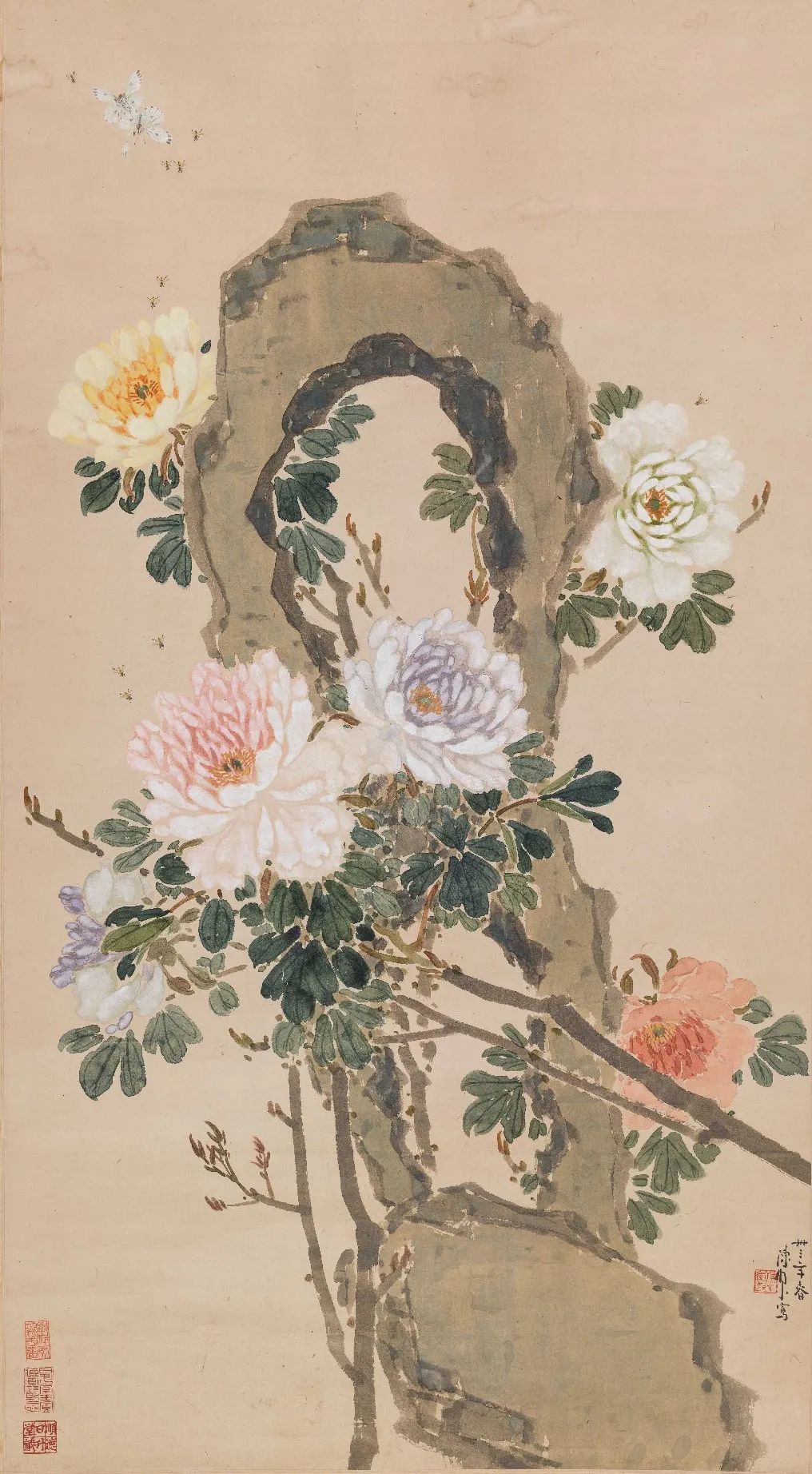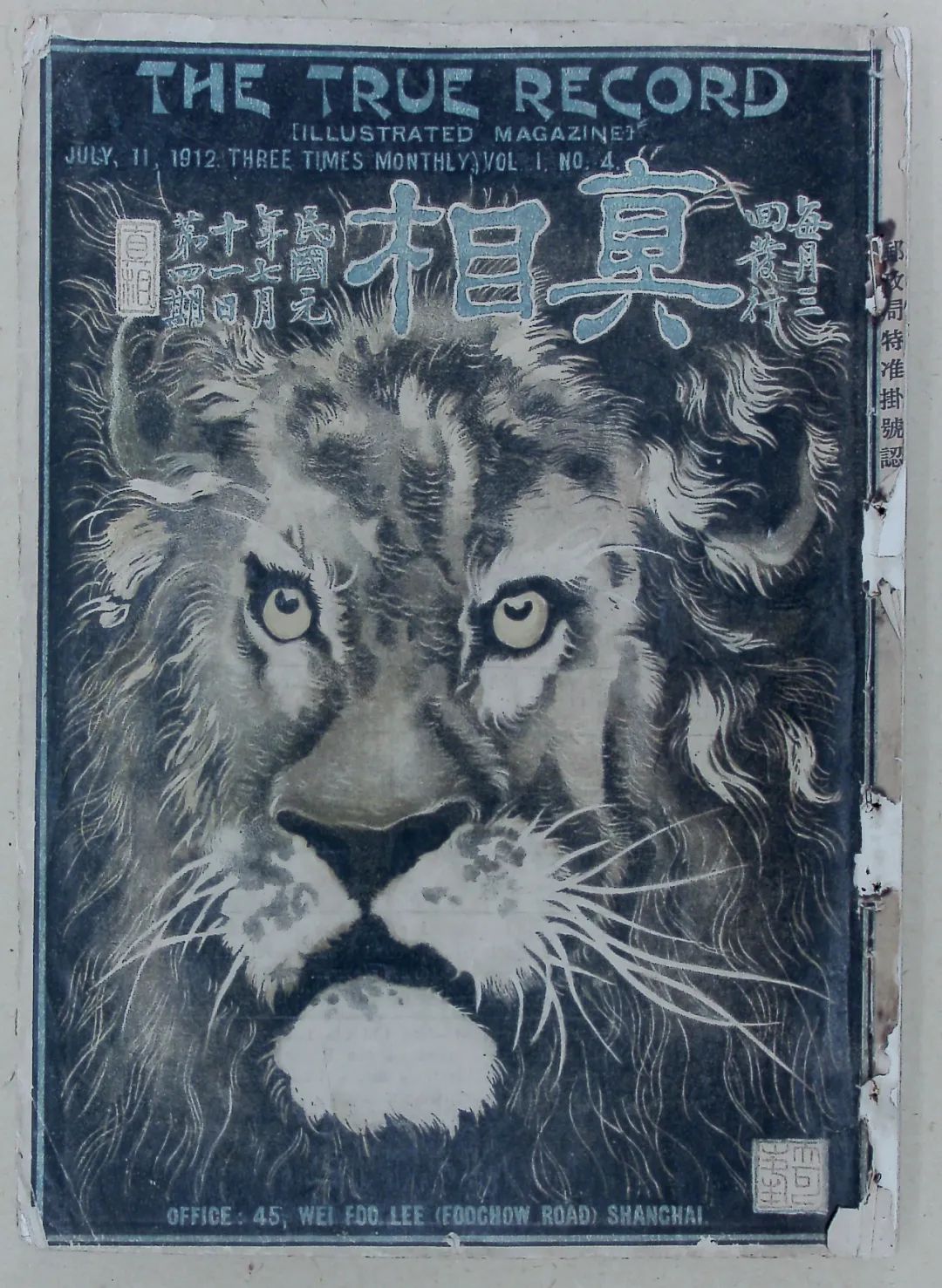Scenes of the Times —— Flower and Bird Paintings of Lingnan Art from HEM Collection
Flower and bird painting holds an important position in the Chinese painting tradition, and its life drawing techniques has matured as early as Song dynasty, as shown in two directions: the glamours style of Huang Quan and the natural elegance of Xu Xi. The Ming dynasty marks the pinnacle of more expressive bird and flower paintings, while the delicate brushwork of fine line styles fading from the aesthetic mainstream. Through the inheritance and development of Yun Shouping and the two Ju brothers in the Qing dynasty, as well as the pioneers of the Lingnan painting, boneless flower and bird painting took on a new life. This traditional style of the expressive-fine-line combination almost dominated the Guangdong art scene at the time.
As a gathering place for new ideas and concepts, foreign culture and revolutionary thinking collided in Lingnan at that time, created a storm of the times. In this great wave of the times, the pioneers of the Lingnan painting did not linger on the limited motifs of flowers, insects, or animals, but started to harness the beautiful natural to express the hopes and aspirations of the times. The birds and flowers of the Lingnan art, whether purely natural or with a subtle revolutionary sentiment, have been deeply marked by the times in terms of subject matter, technique and interest, and have enriched and developed the painting genre.
The exhibition has selected over 30 works from the collection of several Lingnan painters, including Gao Jianfu, Gao Qifeng, Chen Shuren, Li Xiongcai, Zhao Shaoang and Yang Shanshen. With multiple perspectives such as historical origin, the environment of the times and painting techniques, the exhibition attempt to show the charm of the flower and bird paintings from the Lingnan art and its irreplaceable and outstanding contribution to the history of the genre.

01 The Boneless Method and the Local Origin
The 19th century was a time of change for Guangdong painting, with the influence of the Jiangnan school of painting represented by Yun Shouping and the impact on the aesthetic interests and values of painters due to the unique open commercial environment of Guangzhou at the time. The development of the port economy led to the marketization of the art industry and the professionalization of painters.
From elite art represented by literati landscape painting to popular art and even commercial art, painting also changed from a game royalty to a popular art. Painters were no longer bound to the distinction between elegance and vulgarity, and aesthetic interests became increasingly diverse and inclusive, all of which provided a hotbed for the development of Lingnan flower and bird painting. As the most recognizable and representative painting technique in Lingnan flower and bird painting, the "boneless method" also continued to develop and innovate.


02 Museum painting and borrowing from outside
In 1757, the Qing government ordered that only the Guangzhou port could be retained for foreign trade. On the one hand, the westerners were curious about the culture and customs of Chinese society, and they recorded these rare oriental insights through paintings: museum paintings depicting flora and fauna, export paintings on social and cultural life, overlay glass paintings, and paintings on paper. On the other hand, with the advantage of overseas trading ports, Guangdong painters had earlier and more comprehensive access to Japanese and Western culture, which also stimulated Lingnan painters to open their eyes to the world, attaching importance to life drawing and the application of perspective techniques, which was the most intuitive proof of "learning from the West" in that era.


03 Ambition Expression with avian and pine

Born in an era of revolution, Gao Jianfu, Gao Qifeng, and Chen Shurin were all followers of the revolution advocated by Sun Yat-sen. They believed that "art is related to the soul of the country, and that is especially urgent for political revolution". When the call to remove the weak and decadent style of painting became more and more urgent, the Lingnan school of painters, who were inclined to social innovation and new Chinese painting, often used traditional symbolic subjects such as birds of prey and fierce animals to express their revolutionary beliefs. In the New China era, these traditional symbols also became a visual form to convey the will of the state.

These painters, whose original intention was to "compromise the East and the West" and "follow the revolution", gradually left the fertile soil after situation became stable. According to scholar Li Weiming, "Gao Jianfu's art theory was more of a 'strategy', a 'confession' in response to the modern political revolution in Guangdong." And they were indeed guided by such a "strategy" to break out into an artistic revolution in the 20th century. The inheritance of the "boneless method" and the borrowing of Western painting methods connected the outside world with the interest of birds and flowers, giving us a glimpse of the interest and style in the torrent of the times.
